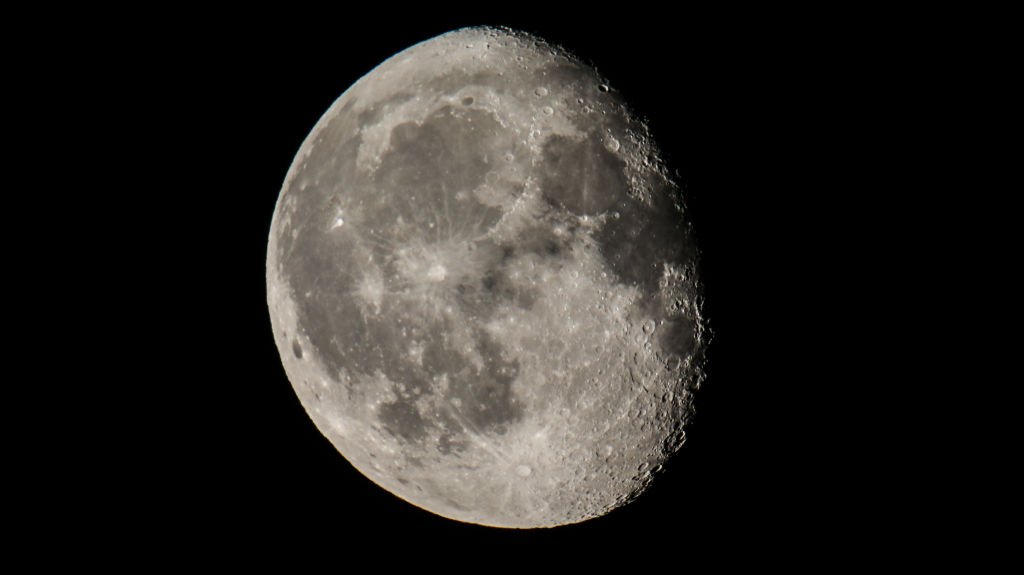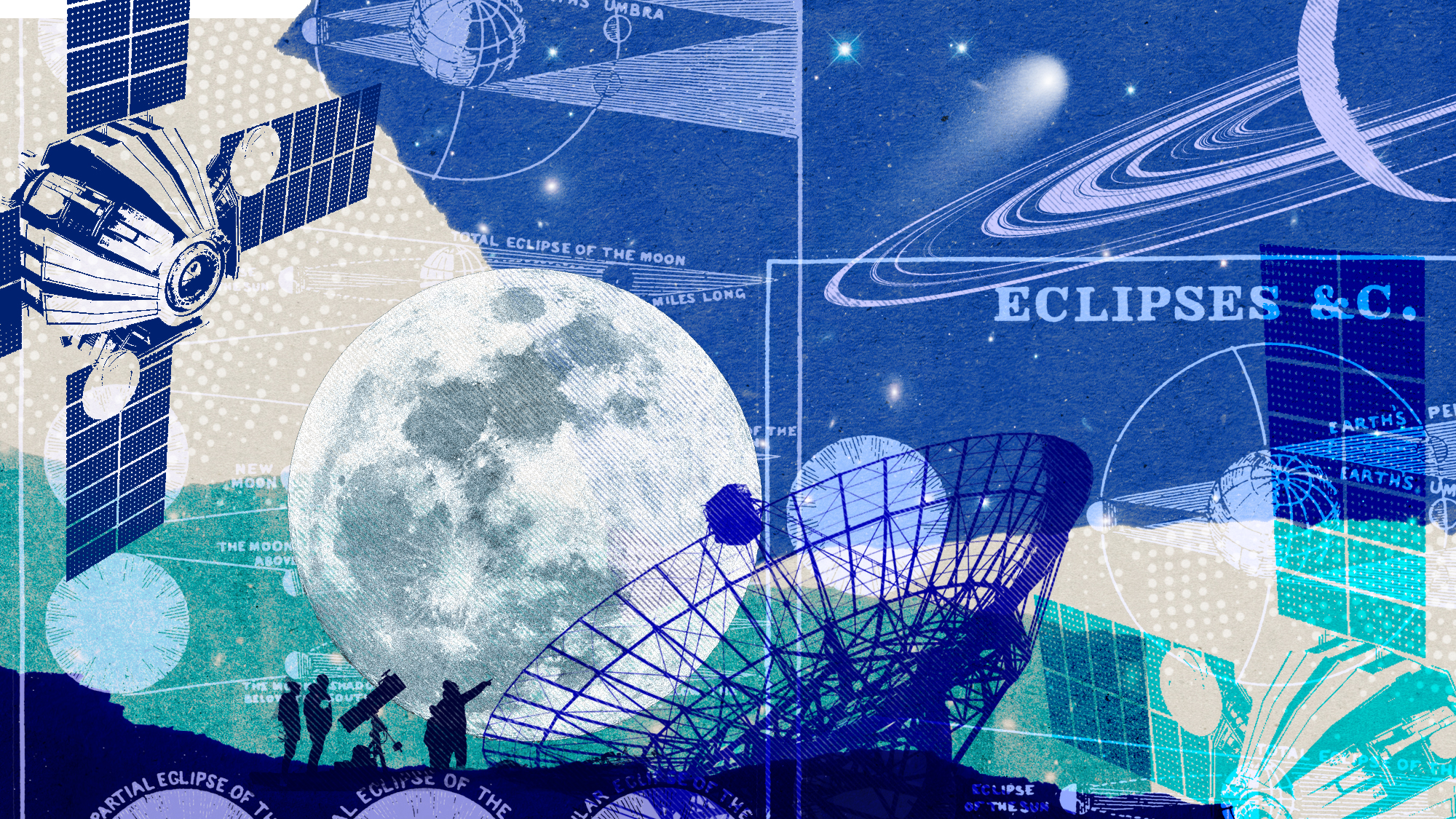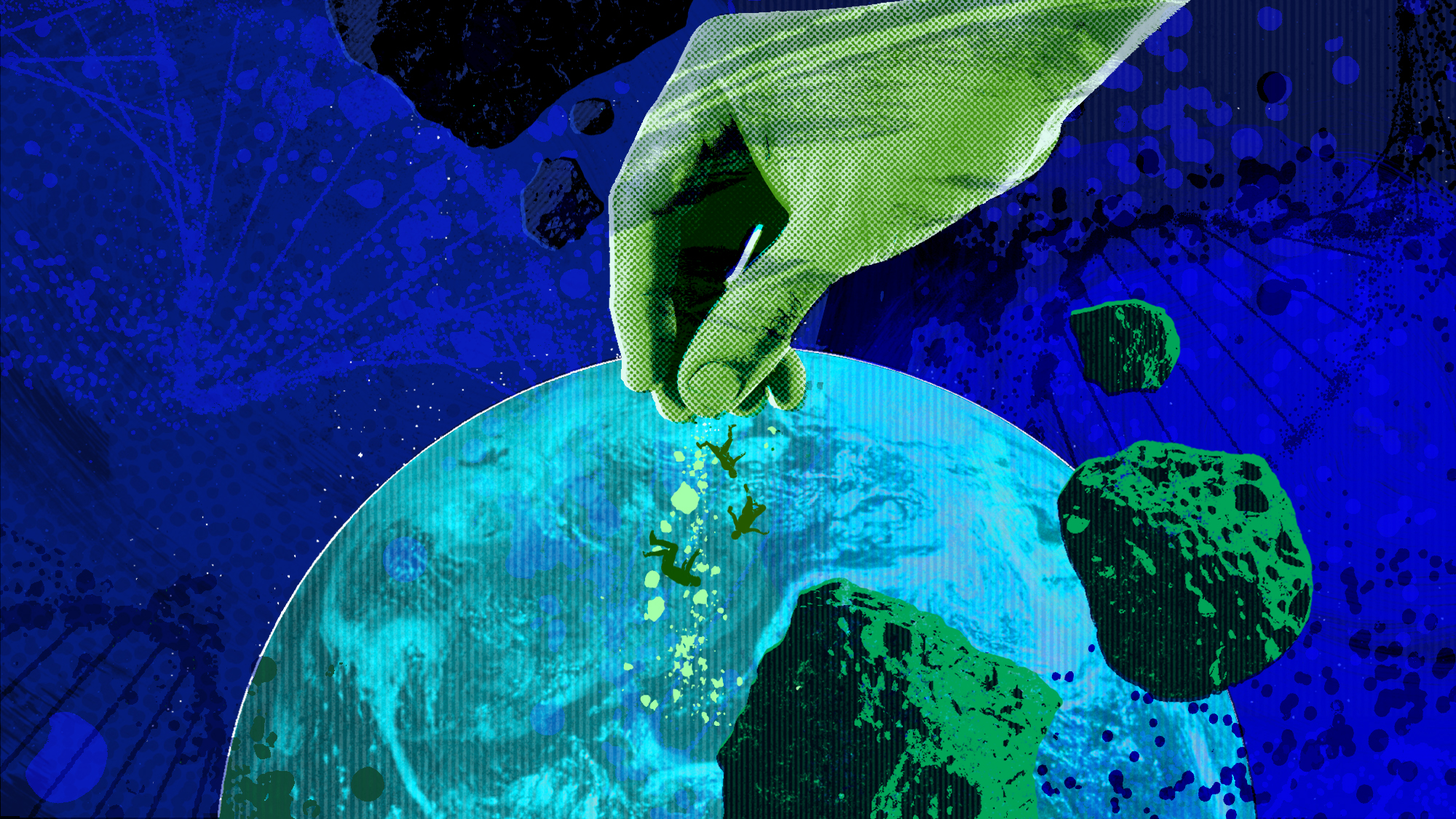Could moon dust be used to bring down Earth's temperatures?


Would dust from the moon help combat climate change?
That's what a group of scientists proposed in a study published Wednesday. The research found that dust from the moon could serve as a barrier between the Earth and the sun, potentially reducing the amount of sunlight by 1 to 2 percent or 6 days worth per year, reports The Washington Post. As a result, the planet's temperature could be brought down from the outside.
The idea is still primarily conceptual as it would require a lot of new technology to be implemented feasibly, but "it is amazing to contemplate how moon dust — which took over four billion years to generate — might help slow the rise in the Earth's temperature, a problem that took us less than 300 years to produce," remarked study co-author Scott Kenyon of the Center for Astrophysics.
The Week
Escape your echo chamber. Get the facts behind the news, plus analysis from multiple perspectives.

Sign up for The Week's Free Newsletters
From our morning news briefing to a weekly Good News Newsletter, get the best of The Week delivered directly to your inbox.
From our morning news briefing to a weekly Good News Newsletter, get the best of The Week delivered directly to your inbox.
Along with the technology, there are also logistical issues to consider. The dust needs to be deposited in exactly the right place and would need to be replenished every few days, reports The Independent. Stuart Haszeldine from the University of Edinburgh describes it as "like trying to balance marbles on a football." The other issue is the sheer amount needed each time to be effective: 10 billion kilograms (22 billion pounds) of dust, the Post continues.
Strides should still be taken to reduce greenhouse gas emissions, according to the study's lead author Ben Bromley. "Our idea is one — and it's a very, very intensive one — to contribute to climate change mitigation, if we need more time here at home." Other scientists view the proposal as a distraction from tackling the issues on Earth.
"Perhaps the main problem," said Joanna Haigh, emeritus professor of atmospheric physics at Imperial College London, "is the suggestion that implementation of such schemes will solve the climate crisis whereas it just gives the polluters an excuse not to act."
A free daily email with the biggest news stories of the day – and the best features from TheWeek.com
Devika Rao has worked as a staff writer at The Week since 2022, covering science, the environment, climate and business. She previously worked as a policy associate for a nonprofit organization advocating for environmental action from a business perspective.
-
 11 hotels opening in 2026 to help you reconnect with nature
11 hotels opening in 2026 to help you reconnect with natureThe Week Recommends Find peace on the beaches of Mexico and on a remote Estonian island
-
 Zimbabwe’s driving crisis
Zimbabwe’s driving crisisUnder the Radar Southern African nation is experiencing a ‘public health disaster’ with one of the highest road fatality rates in the world
-
 The Mint’s 250th anniversary coins face a whitewashing controversy
The Mint’s 250th anniversary coins face a whitewashing controversyThe Explainer The designs omitted several notable moments for civil rights and women’s rights
-
 The mysterious origin of a lemon-shaped exoplanet
The mysterious origin of a lemon-shaped exoplanetUnder the radar It may be made from a former star
-
 The 5 biggest astronomy stories of 2025
The 5 biggest astronomy stories of 2025In the spotlight From moons, to comets, to pop stars in orbit
-
 Blue Origin launches Mars probes in NASA debut
Blue Origin launches Mars probes in NASA debutSpeed Read The New Glenn rocket is carrying small twin spacecraft toward Mars as part of NASA’s Escapade mission
-
 ‘The Big Crunch’: why science is divided over the future of the universe
‘The Big Crunch’: why science is divided over the future of the universeThe Explainer New study upends the prevailing theory about dark matter and says it is weakening
-
 Dinosaurs were thriving before asteroid, study finds
Dinosaurs were thriving before asteroid, study findsSpeed Read The dinosaurs would not have gone extinct if not for the asteroid
-
 The moon is rusting
The moon is rustingUnder the radar The Earth is likely to blame
-
 Panspermia: the theory that life was sent to Earth by aliens
Panspermia: the theory that life was sent to Earth by aliensUnder The Radar New findings have resurfaced an old, controversial idea
-
 Africa could become the next frontier for space programs
Africa could become the next frontier for space programsThe Explainer China and the US are both working on space applications for Africa
